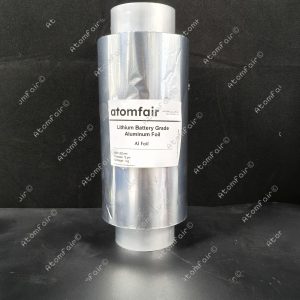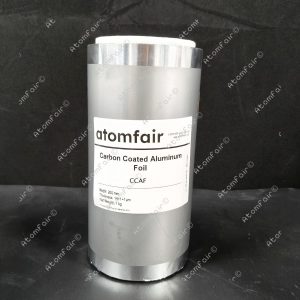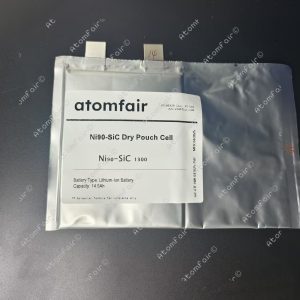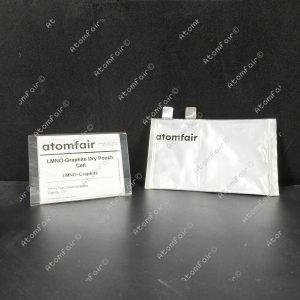Your cart is currently empty!

Atomfair Ethyl methyl carbonate EMC C4H8O3
Description Ethyl Methyl Carbonate (CAS No. 623-53-0) is a high-purity carbonate ester solvent with the molecular formula C4H8O3. This colorless, low-viscosity liquid is widely used as a non-aqueous electrolyte solvent in lithium-ion batteries due to its excellent electrochemical stability, high dielectric constant, and broad liquid temperature range. As a co-solvent, it enhances ionic conductivity while maintaining thermal and chemical stability in battery formulations. Our Ethyl Methyl Carbonate is synthesized under strict quality control, ensuring >99.5% purity with minimal water content (
Description
Description
Ethyl Methyl Carbonate (CAS No. 623-53-0) is a high-purity carbonate ester solvent with the molecular formula C4H8O3. This colorless, low-viscosity liquid is widely used as a non-aqueous electrolyte solvent in lithium-ion batteries due to its excellent electrochemical stability, high dielectric constant, and broad liquid temperature range. As a co-solvent, it enhances ionic conductivity while maintaining thermal and chemical stability in battery formulations. Our Ethyl Methyl Carbonate is synthesized under strict quality control, ensuring >99.5% purity with minimal water content (<50 ppm) and low acidity. Suitable for both research and industrial applications, it is supplied in sealed, nitrogen-purged containers to prevent moisture absorption and degradation. Ideal for advanced battery research, organic synthesis, and specialty solvent applications requiring a polar aprotic solvent with good solvating power.
- CAS No: 623-53-0
- Molecular Formula: C4H8O3
- Molecular Weight: 104.10
- Exact Mass: 104.047344113
- Monoisotopic Mass: 104.047344113
- IUPAC Name: ethyl methyl carbonate
- SMILES: CCOC(=O)OC
- Synonyms: Ethyl methyl carbonate, 623-53-0, Carbonic acid, ethyl methyl ester, Methyl Ethyl Carbonate, Ester solvent
Application
Ethyl Methyl Carbonate serves as a key component in lithium-ion battery electrolytes, where it improves low-temperature performance and cycle life. It functions as a co-solvent in combination with ethylene carbonate and linear carbonates for high-voltage battery systems. The compound is also used as a solvent for organic synthesis and as a precursor for transesterification reactions. In material science, it finds application as a processing solvent for polymers and resins.
If you are interested or have any questions, please contact us at support@atomfair.com
Related products
-
Atomfair 1 kg/roll Battery Grade Aluminum Foil (200mm W x 12um T) for Battery Electrode Substrate/ Current Collector
$169.95 -
Atomfair 1 kg/roll Double Sides Conductive Carbon Coated Aluminum Foil for Battery Electrode Substrate/ Current Collector (200 mm wide 14+1+1 um thick)
$189.95 -
Atomfair 14.5 AH Ni90 || SiC Dry Pouch Battery Cell Without Electrolyte Filling
$550.00 -
Atomfair 1AH LCO || Graphite Dry Pouch Cell Lithium Ion Battery
$169.95 -
Atomfair 1AH LMNO || Graphite Dry Pouch Cell Lithium Ion Battery
$189.95




